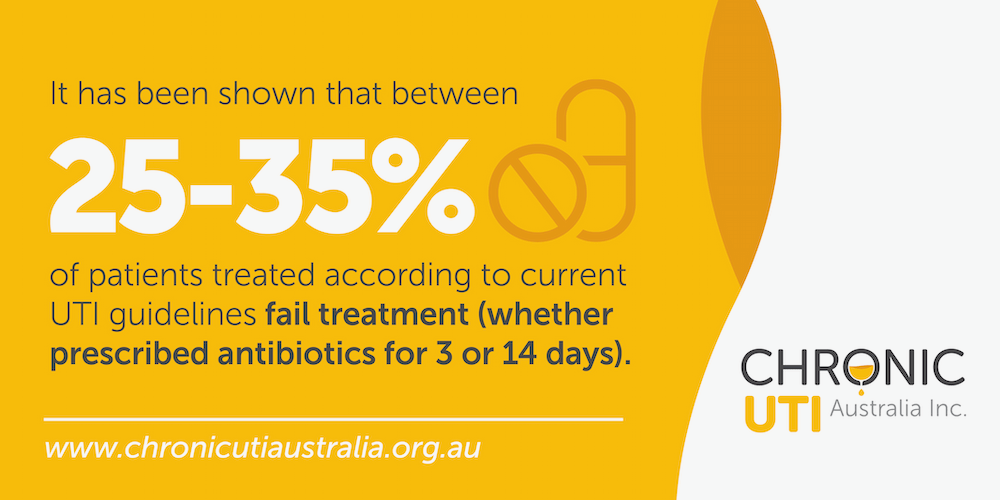WHAT CAN WE DO ABOUT TESTING IN AUSTRALIA?
What can you do?
It may seem like a small step, but as patients we can first become educated. We can then start having intelligent conversations with our doctors; sharing the science and asking plenty of good, intelligent questions in relation to our own symptoms and experiences. If we can communicate information about chronic UTI and flawed testing to our doctors, perhaps they will also become curious and start conversations and ask questions of their colleagues at clinical labs.
Can you help us?
If you would like to know more about Chronic UTI Australia Incorporated and the work we are doing to raise awareness of chronic UTI in Australia and push for change, please read our About Us page. If you have skills, contacts or simply just passion to help make the changes we need, please contact us!
We need to change!
It’s very difficult to change a deeply embedded dogma and to even comprehend the reasons behind a widespread reluctance to change. But as people who are suffering and desperately in need for the status quo to change, the first step is to become educated, start conversations and ask probing questions. As Paul Kelly said (or sang)—“from little things big things grow”.
Don’t forget what the world-leading experts are saying
“That’s another myth—the fact that infections are present only when the bacteria are present at 10^5 or greater. And that was never the intent of Kass’ original report. The amount of bacteria present in urine in people that have UTI varies throughout the 24-hour clock. When you get up in the morning and the urine has been concentrated during the night, sure it can be 10^5. But at 11 o’clock when you’ve had your coffee and urinated a few times, it can be 10^2 and that’s also significant. But labs aren’t culturing at 10^2 and so I think we miss a lot of true urinary tract infections by setting these cut-off limits based on another dogma that we think needs to be trashed. We basically have to relearn everything about urinary tract because we were misled. Our beliefs were unfounded. We are now, with the new science, realising everything we were taught is probably wrong. The clinicians that we work with are quite distraught over this.”
Dr Paul Schreckenberger (1947–2016), Director of Clinical Microbiology and Professor of Pathology, Loyola University, Chicago USA—American Society for Microbiology, 114th General Meeting, 2014. See the full interview on Youtube
“Many women with the appropriate symptoms are dismissed as not suffering from an infection when they do in fact have one. This controversial view is supported by much published literature. I am sorry to record this, because in doing so I identify a worrying deficiency in our diagnostic protocols, but the evidence is out there for everyone to read.”
Professor James Malone-Lee, Emeritus Professor, Nephrology, UCL and practising chronic UTI specialist. Hear more from Professor Malone-Lee in this 2018 Canadian radio interview.
“We make our clinical decisions in infectious disease in urology based on technology that’s over 100-years-old. We’re still taking urine samples, plating it on an AGAR, and putting it in 24 hours in an incubator and then making a decision. We now know that we grow less than one percent of potential uropathogens by this technique; we don’t culture biofilm bacteria; and we miss 99.9 precent of possible microorganisms that are in the environment that might be related to infectious disease.”
Dr Curtis Nickel, Professor of Urology, Queen’s University, Canada. Click to hear more from Dr Nickel in this 2017 Australian interview.
